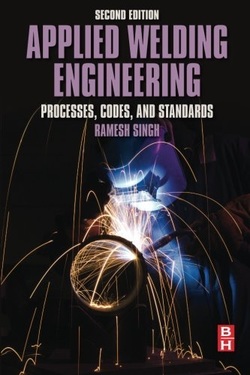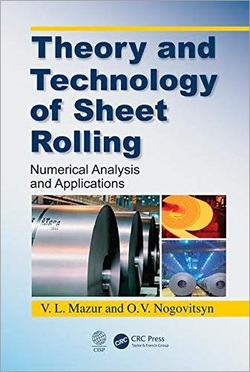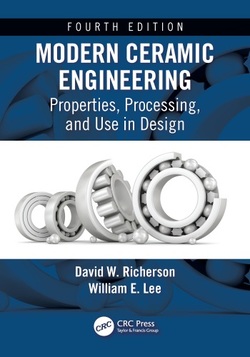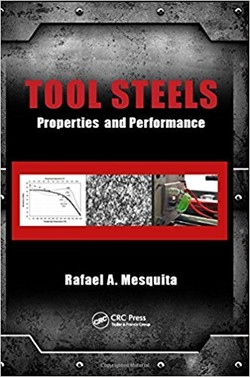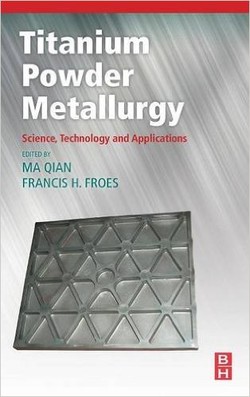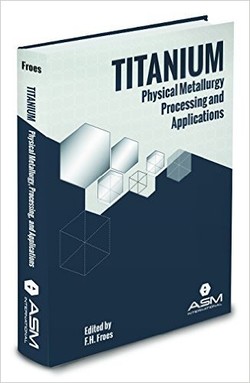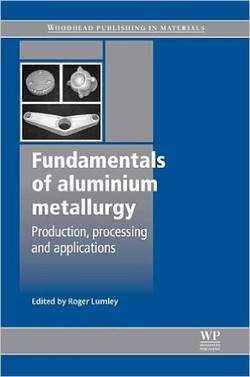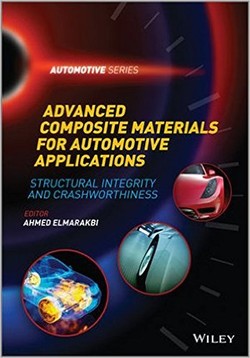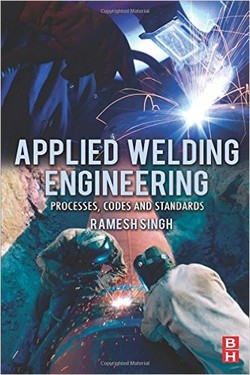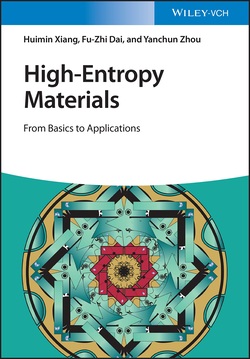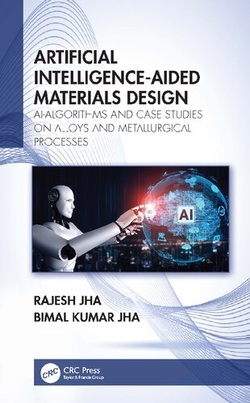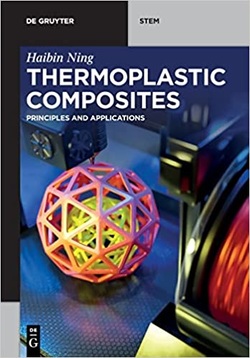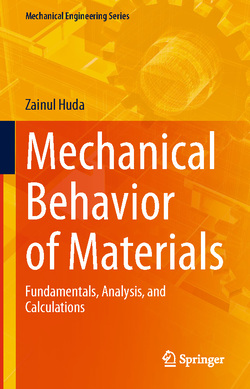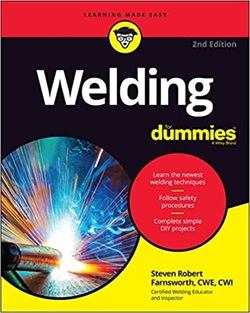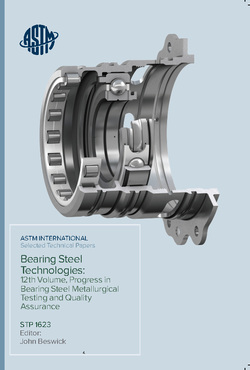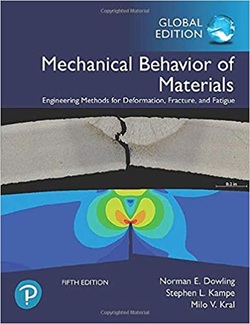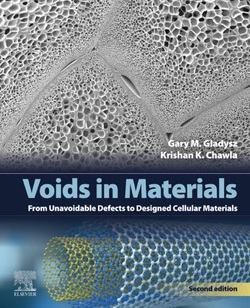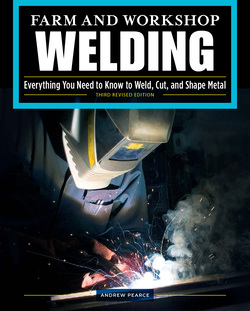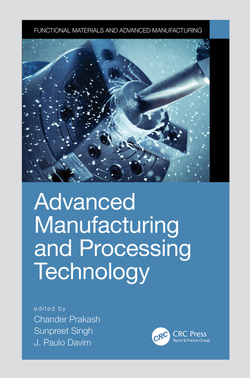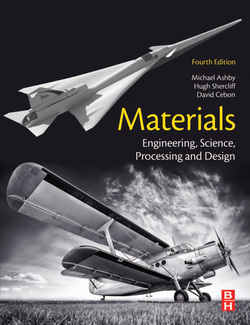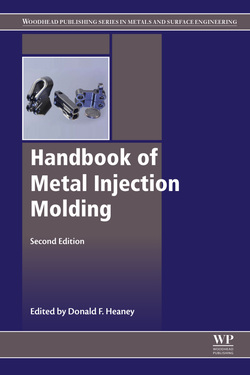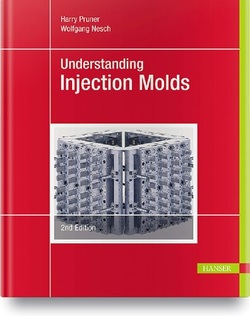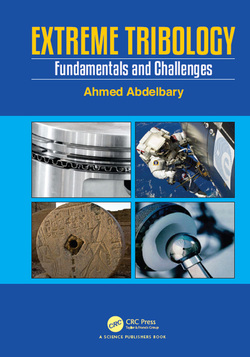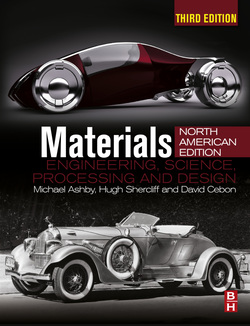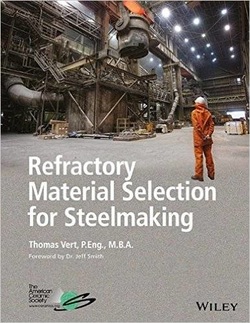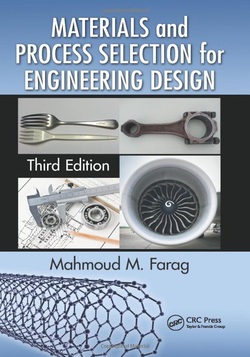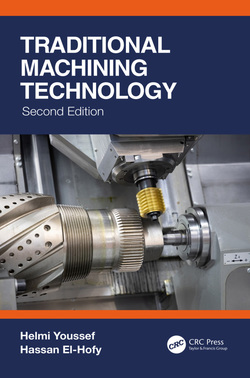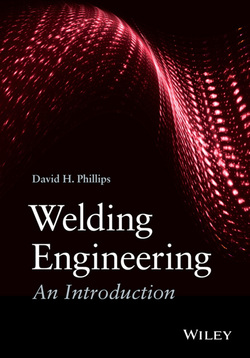ریختهگری آلیاژ آلومینیوم؛ خصوصیات، فرایندها و کاربردها
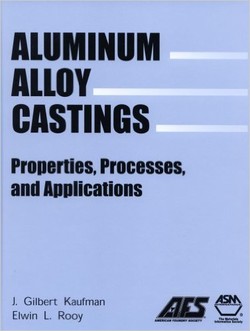
کتاب “ریختهگری آلیاژهای آلومینیوم” ویژگی و کارائی دادهها برای انواع ریختهگری آلیاژ آلومینیوم را ارائه میدهد و فاکتورهایی که بر آن ویژگیها تاثیر میگذارند و با آنها همکاری میکنند را بررسی میکند که شامل ترکیب، ساختار، فرآیند ریختهگری، عملیات حرارتی، تضمین کیفیت است.
این اثر، مجموعهای گسترده از خصوصیات و کارائی داده، شامل منحنیهای رشد، منحنیهای فرسودگی را شامل میشود که قبلا به آنها اشاره نشده است.
این دادهها در فرمتی سازگار ارائه شده است تا بتوان به راحتی آلیاژها و Temperها را با هم مقایسه کرد. نویسندگان تلاش کردهاند تا به تمام تکنولوژیهای موجود در فرایند ریختهگری آلیاژهای آلومینیوم اشاره کنند. اطلاعات مهندسی شامل قالب مصرفی، قالب دائمی و فشار فرایندهای قالبگیری ریختهگری و تغییرات آنها نیز در این کتاب گنجانده شده است.
این اثر، مجموعهای گسترده از خصوصیات و کارائی داده، شامل منحنیهای رشد، منحنیهای فرسودگی را شامل میشود که قبلا به آنها اشاره نشده است.
این دادهها در فرمتی سازگار ارائه شده است تا بتوان به راحتی آلیاژها و Temperها را با هم مقایسه کرد. نویسندگان تلاش کردهاند تا به تمام تکنولوژیهای موجود در فرایند ریختهگری آلیاژهای آلومینیوم اشاره کنند. اطلاعات مهندسی شامل قالب مصرفی، قالب دائمی و فشار فرایندهای قالبگیری ریختهگری و تغییرات آنها نیز در این کتاب گنجانده شده است.
سال انتشار: 2004 | 340 صفحه | حجم فایل: 11 مگابایت | زبان: انگلیسی
Aluminum Alloy Castings: Properties, Processes And Applications
نویسنده
J. Gilbert Kaufman, Elwin L. Rooy
ناشر
ASM International
ISBN10:
0871708035
ISBN13:
9780871708038
قیمت: 16000 تومان
برچسبها: Aluminum Alloy Castings provides property and performance data for all types of aluminum alloy castings and reviews and describes the factors that contribute to and affect those properties, including composition, microstructure, casting process, heat treatment, and quality assurance. The volume features extensive collections of property and performance data, including previously unpublished aging response curves, growth curves, and fatigue curves. These data are presented in consistent formats to enable easy comparisons among different alloys and tempers. The authors have endeavored to address all of the casting process technologies available for aluminum alloys. Engineering information is included for expendable mold, permanent mold, and pressure die casting processes and their variations. The focus of the process coverage is to review the effects of process selection and process variables on casting properties and performance. Representative examples of aluminum castings applications are provided. This book will be of significant value to materials and design engineers involved in the evaluation, selection and specification of aluminum casting applications and to casting producers as a means of better understanding, quantifying, improving, and promoting the performance characteristics of aluminum castings.
